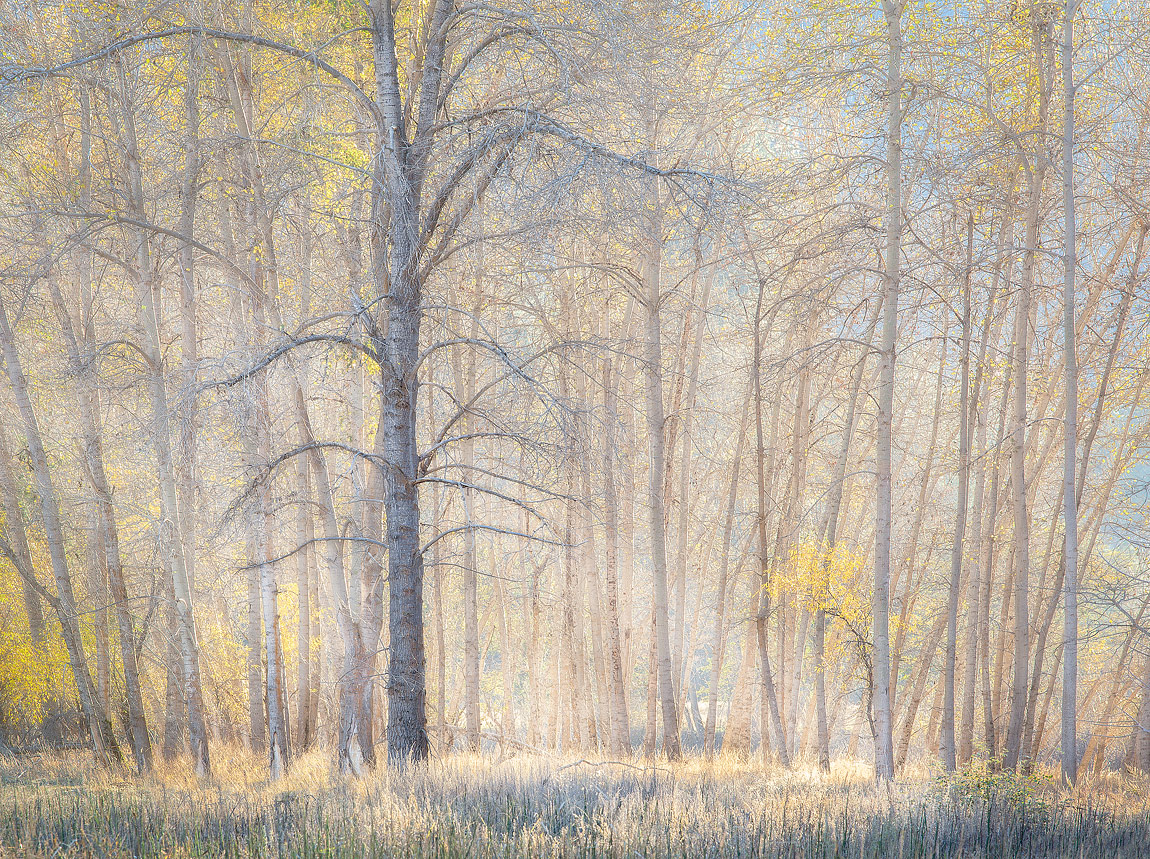Go to the landscape section of any photography community website and your screen will fill with dazzling portrayals of familiar majestic scenes with near-far perspectives and faraway horizons in colorful splendor. They command your attention with brilliant, thrilling colors depicting stormy weather, beautiful sunrises and foamy seas. These images rely primarily on tension and drama for their impact. However, there is a subcategory of the landscape genre that, at first glance, is not as eye-catching as the magnificent landscape, but is more subtle in its impact: The Intimate Landscape.
What is an intimate landscape?
Unlike the grand landscape, intimates are extracted from the overall scene, providing a closer, more personal view of nature. American photographer Eliot Porter (1901-1990) is widely credited with being the pioneer of this style of photography. Typically, but not always, the intimate landscape eliminates the sky and does not rely on extreme light conditions for effect. Porter’s images of tangled forests, desert canyons and detailed close-ups were made on cloudy days or in open shade. This style of photography uses just a few relational objects, arranged elegantly to impart symbolism and arouse emotion, as the term ‘intimate’ implies. This aesthetic has a certain elegant simplicity to it, with the subject reduced to its fundamental elements. The scale is small, humble and, like poetry, it is the kind of image that gets better with repeated viewing, drawing out emotions as the deeper meaning is understood.
So, how does one go about making effective intimates? When I ...
Upon payment completion a yellow banner will display (Thank you. Your purchase has been approved – Please click here to proceed). That link will transfer you to a page where you can access the entire article. You will also receive an email with a link to access the article page.


